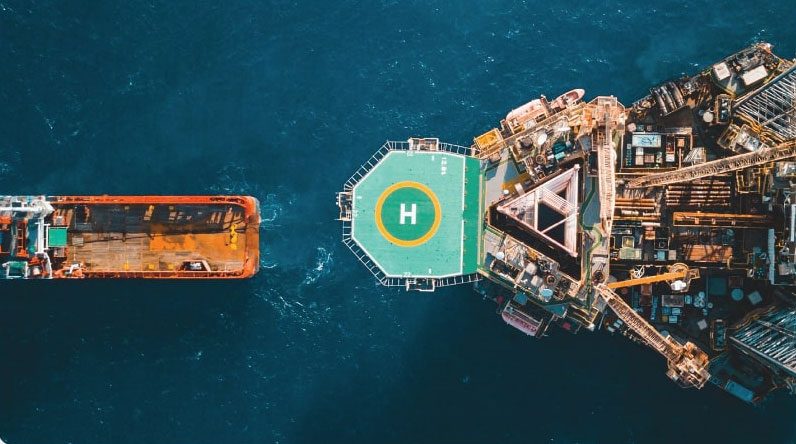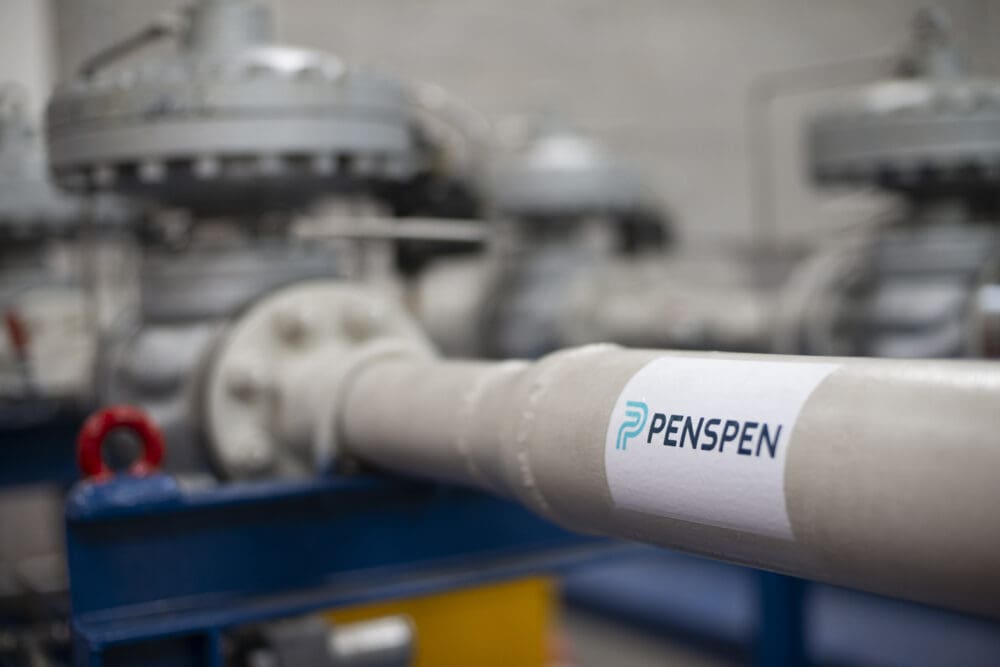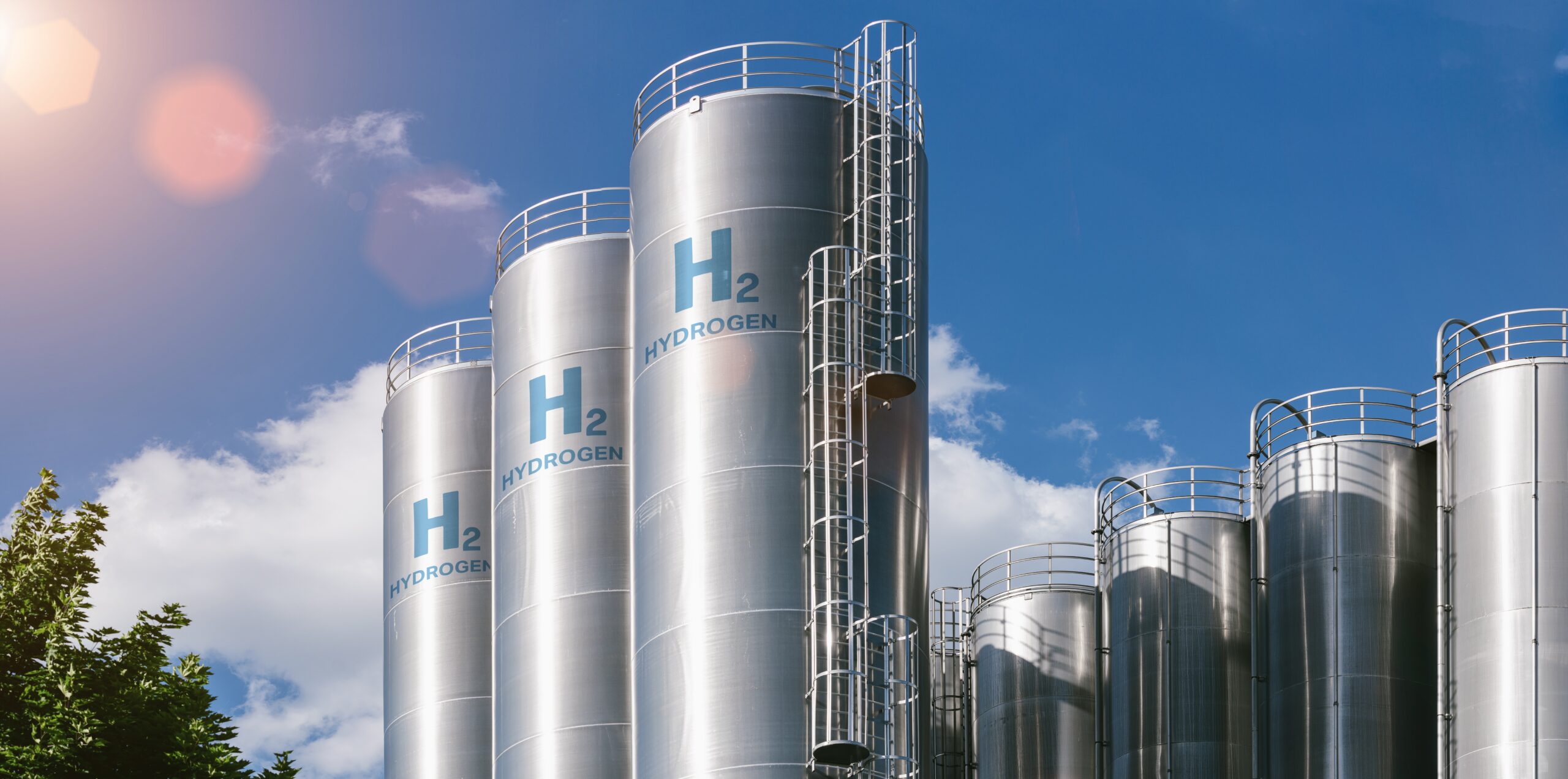Green Hydrogen Production Facility for a Gas Processing Plant
Feasibility and technology assessment for a facility in Europe.
Background
Penspen recently completed a feasibility study for a green hydrogen production facility for a Gas Processing Plant in Eastern Europe. The capacity of the proposed green hydrogen production facility is 200 – 2000 Nm3/h (1.01325 bara and 0oC) with hydrogen purity specification of >99.97 mol%, which is suitable for Proton Exchange Membrane (PEM) Fuel Cell Electric Vehicles as specified in ISO 14687.
The green hydrogen production facility will be powered using new purpose-built solar electricity. All the utilities to support the green hydrogen facility will come from the existing utility infrastructure in the Gas Processing Plant.
Services
Support the client in deciding on the best green hydrogen production technology for the proposed facility, which is expected to start up by Q1 of 2026. Develop the ISBL (Inside Battery Limit) and OSBL (Outside Battery Limit) interface to establish the ISBL and OSBL battery limit conditions to support the identification of Balance of Plant Equipment. In addition, Penspen also developed a high-level plot layout of the proposed green hydrogen production facility while taking into consideration the allowable separation distance between equipment to ensure the safe operation of the facility.
Penspen Approach
To deliver the project and align with the intended start-up period of Q1 2026, Penspen relied on its previous experiences supported with further literature review of all the different green hydrogen production technologies to understand their Technology Readiness Level (TRL). Based on this research, Penspen came up with a list of green hydrogen production technologies with TRL of 8 – 9 (matured and commercially ready technologies). The list includes technologies like Proton Exchanger Membrane (PEM) Electrolysis and Alkaline (AL) Electrolysis.
Following the identification of matured and commercially ready technologies that can be operational by Q1 2026, Penspen carried out a market engagement exercise with PEM and AL electrolysis original equipment manufacturers (OEM) to understand the market condition and process requirement based on the proposed hydrogen production capacity of 200 – 2,000 Nm3/h. The market engagement was carried out with 6 OEMs to enable Penspen to understand variations in the scope of supply from different suppliers. Through the market engagement, Penspen was able to establish the following ISBL parameters:
- ISBL Scope of Supply
- ISBL battery limits
- ISBL equipment
- Electrolysis system utility requirement, quality, and battery limit
- Hydrogen and Oxygen battery limit pressure and purity
- CAPEX for ISBL scope
Based on the above ISBL parameters, Penspen established and carried out the following concept design:
- Balance of Plant Equipment (OSBL)
- Equipment sizing for the OSBL.
- CAPEX estimates for the OSBL equipment based on equipment size and vendor engagement.
Based on the ISBL and OSBL CAPEX estimates for the different technologies, Penspen was able to establish the overall Total Installed Cost at ACCE Class 5 level +/-50% for the different OEM licensors based on their respective technologies.
Following the completion of the CAPEX estimate and evaluation of process performance parameters for the different OEM licensor technologies that included process efficiency, effluents, and emissions, OPEX estimates. Penspen worked closely with the client to develop technology evaluation and selection criteria, covering a wide range of indicators and their weighting including CAPEX, OPEX, Efficiency, Effluents and Emission, to support the selection of potential suppliers that for the FEED stage of the project.
Result
With the help of the collaborative and rigorous work carried out by Penspen during this study, the client was able to select two technology licensors to be considered for the FEED stage of the project out of the six that participated in the market engagement exercise.





